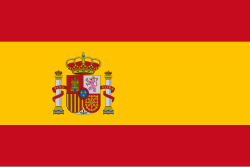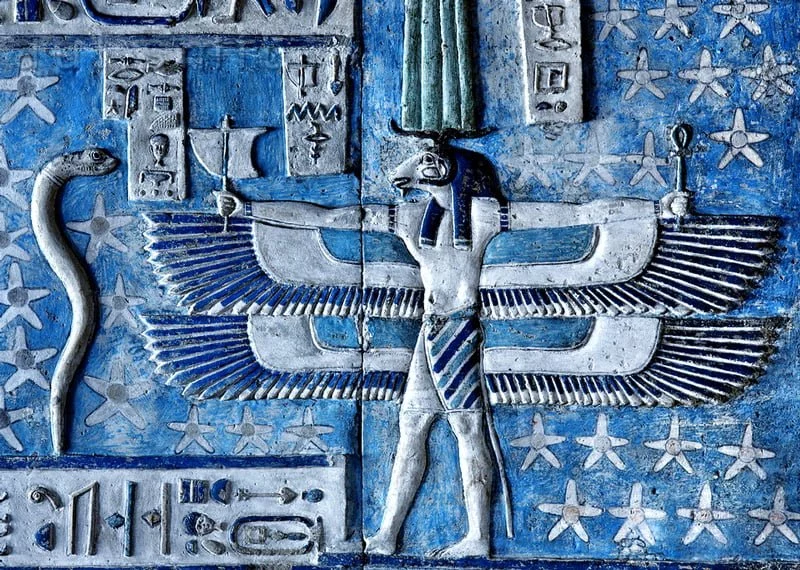Researchers at Washington State University have recreated Egyptian blue, the world’s oldest synthetic pigment, used in Egypt some 5,000 years ago, NPJ Heritage Science magazine reported today.
The experts used a variety of raw materials and heating times to develop 12 formulas for the pigments. Providing useful information for archaeologists and conservation scientists studying ancient Egyptian materials.
The work was done in collaboration with the Carnegie Museum of Natural History and the Smithsonian Conservation Institute.
While Egyptian blue pigment was valued in antiquity, there is little archaeological evidence for its manufacture.
It was used as a substitute for expensive minerals such as turquoise or lapis lazuli, and was used to paint wood, stone, and a papier-mâché-like material called cartonnage.
Depending on its ingredients and processing time, its color varies from deep blue to dull gray or green.
After the Egyptians, pigment was used by the Romans, but by the Renaissance, knowledge of its manufacture had been largely forgotten. Because of its interesting optical, magnetic and biological properties, there has been a resurgence of interest in pigment in recent years.
It emits light in the near infrared of the electromagnetic spectrum, invisible to humans, which means it could be used for tasks such as fingerprinting and creating forgery-proof inks, and its chemical composition is similar to that of high-temperature superconductors.
With information from Prensa Latina
Translated by Aliani Rojas Fernandez
- Cuba Condemns Act of Piracy Against Venezuelan Oil Tanker - 11 de December de 2025
- Holguin hosts its first year-end craft fair - 11 de December de 2025
- The Lion Beyond Time - 11 de December de 2025

